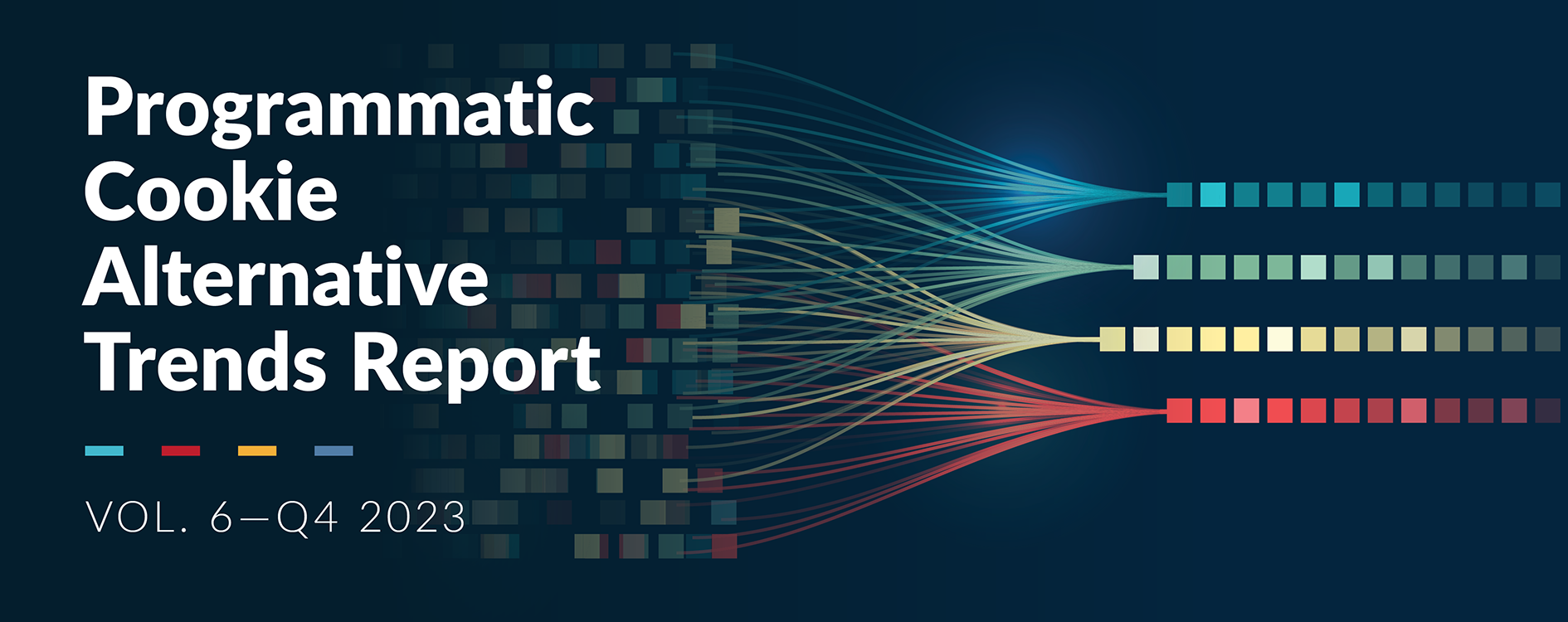Typically, my usual advice to publishers for Q1 is pretty light. However, railing after 2020’s dumpster fire, publishers will need a more aggressive strategy. Think of it more like a plan of attack.
In the first few months of 2021, we can expect to see a significant drop in CPMs, a glut of inventory competing for demand on multiple platforms, and a continued effort for the industry to slowly try to unravel itself from inefficiency and fraud. Talking people down from the ledge is not my area of expertise, however, there are definitely ways to be defensive and improve your revenue.
Ways to Minimize the Ad Tech Tax
Jounce continues to report on industry inefficiencies and the macro effect they have on the ecosystem. For publishers, alarm bells should start to sound when the area between their inventory and the buyer widens. When publishers double down and put their inventory on multiple platforms to try to increase the odds of monetizing their inventory, it seems like more of a gamble than a strategy. The truth is between the multiple fees, latency, and the devaluation of your inventory, you’re better off partnering with a select few. It’s time to Marie Kondo your vendors. Do your homework and evaluate who is truly bringing value. Take into consideration a combination of ad products, unique demand, and service. Service gets undervalued until it goes away but if you find a team who will help you create a strategy and at the very minimum respond to your inquiries promptly, this should be considered.
Transparency and Trust Yield Better Results
Buyers continue to push for more insight into the authentication and origination of inventory. In this respect, make sure that all of your supply validation tools are current (i.e ads.txt, sellers.json, and if applicable your SupplyChain files). Some of our buyers will not consider purchasing inventory without these controls in place. Apart from the walled gardens, the industry is beginning to make strides in transparency. Initially, it started with the buy-side initiative of supply path optimization (SPO) and now many publishers have adopted demand path optimization (DPO) tactics to protect publisher inventory. At the heart of it, most of these initiatives have been put into place to help improve transparency and confidence between buyers and sellers, hopefully, these same tenets hold true amongst your partners.
Whole Page Monetization Strategy
When you think about your monetization strategy it should align with your brand. Just like a storefront or a nice restaurant, your page “interior design” needs to match your target audience’s preferences. However, maintaining a healthy UX while running a business can be a challenge. There are infinite ways that you can monetize beyond standard IAB placements but choosing what works best for your business objectives and how you want your consumers to experience your site takes some finesse. To help maintain brand integrity, develop a holistic strategy. Think about how each unit impacts the overall user experience and how all of the elements on the page complement or contrast each other. From there you can easily assess the cost or the benefit of each placement. In addition to the types of ads you’re employing, the distribution also factors into your value. If your inventory is too easily accessible, you may be watering down your brand. If you’re having trouble, lean on your partners to create a consumer-first strategy to find the right balance.
2021 has a lot of positive momentum (it’s no longer 2020) but it is important for publishers to maintain a defensive position and create a rock-solid plan for 2021. A strong monetization strategy will help you navigate through the unknowns, especially with the unknown fate of the cookie and the continued effects of the COVID-19. Like the messages we’ve continued to hear outside of work, we’re all in this together, maintain open lines of communication with your team and your partners.








